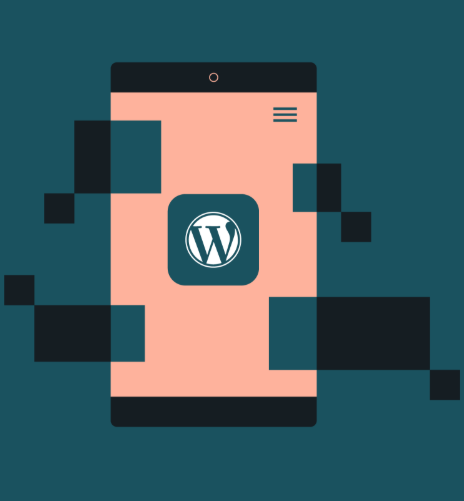As the digital landscape continues to evolve, businesses and individuals alike need to stay ahead of emerging trends. Many start their online journey with a WordPress website, offering a platform to connect with users. However, with the rise of mobile device usage, transforming your WordPress site into a mobile app has become a smart move. This transition can greatly enhance user engagement and offer a more personalized experience. Here’s what you need to know before taking the leap.
Understanding the Difference Between a Website and a Mobile App
Before diving into the conversion process, it’s essential to understand the key differences between a website and a mobile app. Websites are accessible through browsers on various devices, offering flexibility but often lacking the unique features of a mobile app. On the other hand, mobile apps are downloaded and installed on smartphones, providing offline access and a more tailored user experience.
Benefits of Moving to a Mobile App
There are several advantages to having a mobile app. One of the primary benefits is faster content loading, as data is stored directly on the device. This can significantly improve the user experience. Push notifications are another key feature, keeping users engaged and encouraging more frequent interactions. Mobile apps also have the ability to integrate with device features like cameras and GPS, offering a more immersive experience for users.
Choosing the Right Approach
When it comes to converting your WordPress site into an app, there are two primary routes: hiring a developer or using app-building tools. Hiring a developer gives you more control over the design and functionality of the app, allowing for a more customized solution. However, it comes with a higher cost and requires more technical expertise.
Alternatively, using app-building tools can be more affordable and user-friendly. With various templates and plugins available, you can build an app without the need for coding skills. The choice between the two methods will depend on your budget, the features you want to include, and your level of technical expertise.
Design Considerations
Design is a crucial aspect of app development. The user interface (UI) and user experience (UX) must be intuitive and easy to navigate. A simplified design enhances the user experience, making it easy for users to operate the app without confusion.
While it’s important to maintain your website’s branding, the app’s design should be responsive to different screen sizes and resolutions. Experiment with layouts and functionality to get a feel for how the app will look and behave once it’s live.
Content Synchronization
Keeping your WordPress site and mobile app in sync is essential for providing users with up-to-date content. Using plugins or APIs can help facilitate this process, ensuring that updates made on the WordPress site automatically appear on the app. This synchronization is crucial for maintaining fresh, relevant content and keeping users engaged.
Testing and Gathering Feedback
Before launching your app, it’s vital to allocate time for thorough testing. This phase helps identify bugs and issues that could affect performance. Gathering early feedback from users can also provide valuable insights into areas that may need improvement. By addressing these concerns early on, you can create a more polished final product.
Marketing and Launching the App
Building the app is just one part of the equation; launching it effectively is equally important. Once the app is ready, promote it through your existing marketing channels, such as social media and email newsletters. Highlight its unique features and benefits to attract new users.
Optimizing your app store listing with relevant keywords and engaging descriptions will also help increase its visibility. Encourage satisfied users to leave positive reviews, which can boost credibility and attract even more downloads.
Ongoing Monitoring and Updates
After the app is launched, continuous monitoring is crucial. Analyzing user engagement and feedback helps you identify areas for improvement. Regular updates not only keep the app free of bugs but also ensure it stays up-to-date with the latest features.
Based on user demand, you can introduce new functionalities, improving user satisfaction and retention. By staying in tune with user needs, you can maintain a loyal user base and foster long-term success.
Conclusion
Transforming your WordPress site into a mobile app offers many benefits, but it requires careful planning and strategy. Understanding the differences between websites and apps, selecting the right approach, focusing on design, and ensuring content synchronization are all key steps in the process. By testing, marketing effectively, and regularly updating your app, you can create a powerful tool for user engagement and growth. In today’s mobile-first world, this transition may prove to be essential for enhancing the user experience and expanding your audience.



